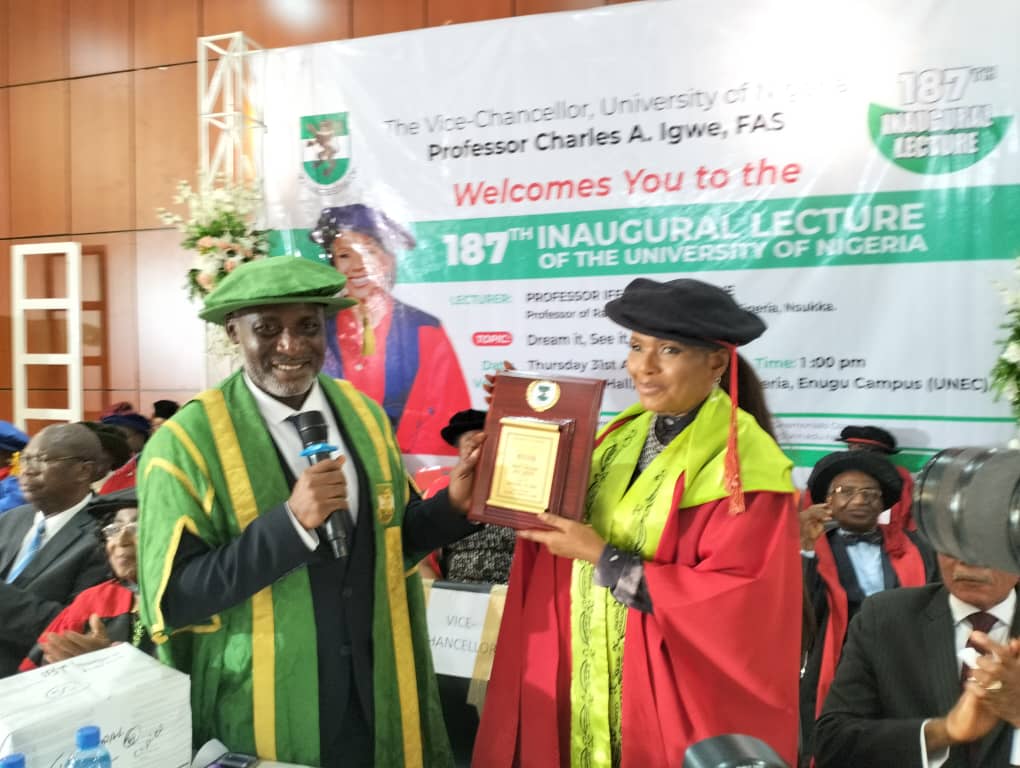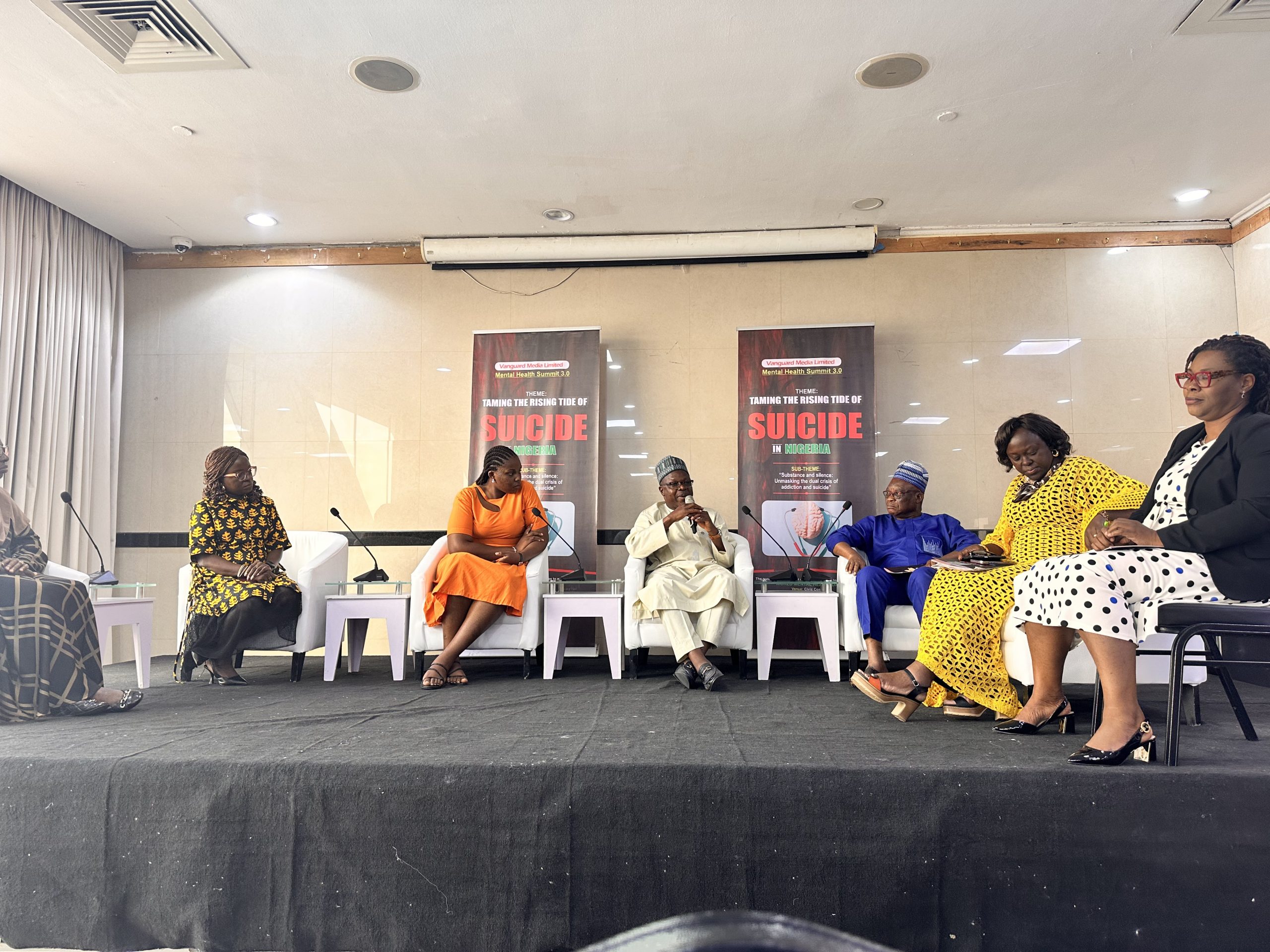
A Professor of Radiology at the University of Nigeria Teaching Hospital (UNTH), Ituku Ozalla, Enugu state, Prof. Joy Ifeoma Okoye, has identified late detection as a major driver for Nigeria’s high cancer mortality and morbidity rates.
Okoye said about 300,000 to 350,000 women are diagnosed with cancer in Nigeria yearly, adding however that about 87 percent of the cases are presented at their late stages thereby increasing the death rate by 70 percent.
“One from every 25 women dies from breast cancer in Nigeria. The five-year breast survival cancer ratio in Nigeria is less than 40 percent compared to 86 percent in the United States of America (USA).
“In Nigeria, breast cancer is the leading cause of cancer deaths currently representing 23 percent of all cancer cases and approximately 18 per cent of deaths. There are fears that the number of people being diagnosed with cancer will increase further in the coming years and will be nearly 50 per cent higher in 2040 than in 2020. Every 68 seconds, a woman dies from breast cancer and excluding cancers of the skin, breast cancer is the most common cancer in women accounting for one out of every three cancers diagnosed,” she said.
She continued: “You must agree with me that these statistics are not something we should sit down and be looking at. So, this fortifies the narrative that breast cancer is a death sentence and continues to make it difficult for those of us who are advocates in breast cancer to convince the populace that it can be tackled. Breast imagery in terms of mammography was the only available radiological tool in the 1980s and was domiciled in the territory hospital in the western part of the country”
Delivering the 187th Inaugural Lecture of the University of Nigeria Nsukka (UNN) on the topic, “Dream it, See it, Do it”, she pointed out that the drivers for the current existing care gaps are ignorance, the prevailing mindset that cancer is a death sentence, poor health seeking behaviour (hesitancy), poverty of pockets, unaffordable medical bills and out of pocket payment of medical bills as well as poor data management.
Okoye told a filled hall of academics, religious leaders, medical practitioners, relevant stakeholders and students at the Moot Court venue of the lecture that cancer is a small cell that one could not see easily, adding that it spreads to become a big problem.
“Each and every one of us seated here can make a difference to this fight. A single motivated individual is capable of igniting change. The fact that cancer starts as a single cell validates change in the cancer control landscape and through motivated stakeholders, a paradigm change can be achieved. That is what motives my tenacious commitment in the fight against cancer,” she said.
Narrating her interest and journey in Radiology as a medical doctor of over 43 years, she stated that the disease sparked her intellectual curiosity during her radiology training; a quest she said informed her decision to specialise in radiology.
“When I came to do my Radiology residency in 1981, we did not have a mammography machine. There was none in the southeast or south-south. The only existing mammography machines were existing in the southwest and I tell you, it took from 1981 when I started my residency till 2007 before we got a mammography machine at the UNTH. It shows us how difficult it is to impress on our government and all other people the need for something that is very important.
“As I speak today, the UNTH which was one of the primary teaching hospitals in this country is yet to have a Magnetic Resonance Imagery machine. We do not have it. And I am asking us brethren who live in the southeast and south-south that healthcare is not only for the government. We can all pull hands together, corporate entities; individuals can come together and do something. In the North currently, they have three highly state of art cancer centers,” she added
On the title of her lecture, “Dream it, See it, Do it,” she stated that there was something required of everyone to tackle the disease in Nigeria.
“I zoned my teaching in the area of cancer and what I have been doing in that space. What I did was to ensure that where I live is where I begin – my university teaching hospital. What did I do? I was able to enable them to improve the infrastructure that was in place for management of cancer through areas of diagnosis, through areas of treatment. It was a long effort to build a workforce, skill up the workforce and ensure you have the right infrastructure in place so that if you have patients that come, you can manage.
“Cancer is a disease that sparked my intellectual curiosity during my training as a medical doctor; a quest that informed my decision to specialize in radiology – a discipline that provides a major avenue for early detection, diagnoses and sometimes, treatment interventions of cancer.
“Driven by this passion, I was spurred into action upon the completion of my medical career to join the cancer prevention efforts of our Medical Women Association. One major area of my focus was cancers in women including but not limited to breast and cervical cancers,” she said.
Turning to healthcare practitioners, the Radiologist said: “Literature shows that sick care is responsible for 90 percent death because when people come late, it reduces their potential for survival. So, what do we need to do even as healthcare providers? We have so much information in our heads, others don’t have it. We assume they have it. So, we sit in our clinics to wait for them. We need to practice more of primary health, going into the communities, informing them and ensuring that they scale through the primary health care into the secondary healthcare. Everybody works in synergy to do one thing and that is to ensure that we intervene as a family.
“That is why I went to the NYSC and I said we have over 200 million people. Even the healthcare providers, if I mobilize all of them, are not going to solve the problem. We need an army of people. I went to the NYSC and I said since this is an annual manpower that you have, then I had an NGO called Breast Without Spots, and using their Community Development Service (CDS), they were going to different communities with the information. The idea is to reach the people with the message. We are looking at creating mobile vans that can carry this service to them.
“I want to appeal to the Nigerian populace that it is not for other people to do, it is for you to do and help others to learn. When one person learns, he teaches the other and everybody will move on. With crowdfunding, our system can help reduce their bills. All I am saying is that there is the one government needs to do, there is one the individual needs to do and there is one the corporate entity needs to do and there is one those of us in healthcare needs to do,” she added.
Emphasising the need for improved awareness, she cited the case of Ebola, which became a public knowledge, stressing that concerted efforts made through information was the straw that broke the back of Ebola and ensured that it did not cause a catastrophic situation.





